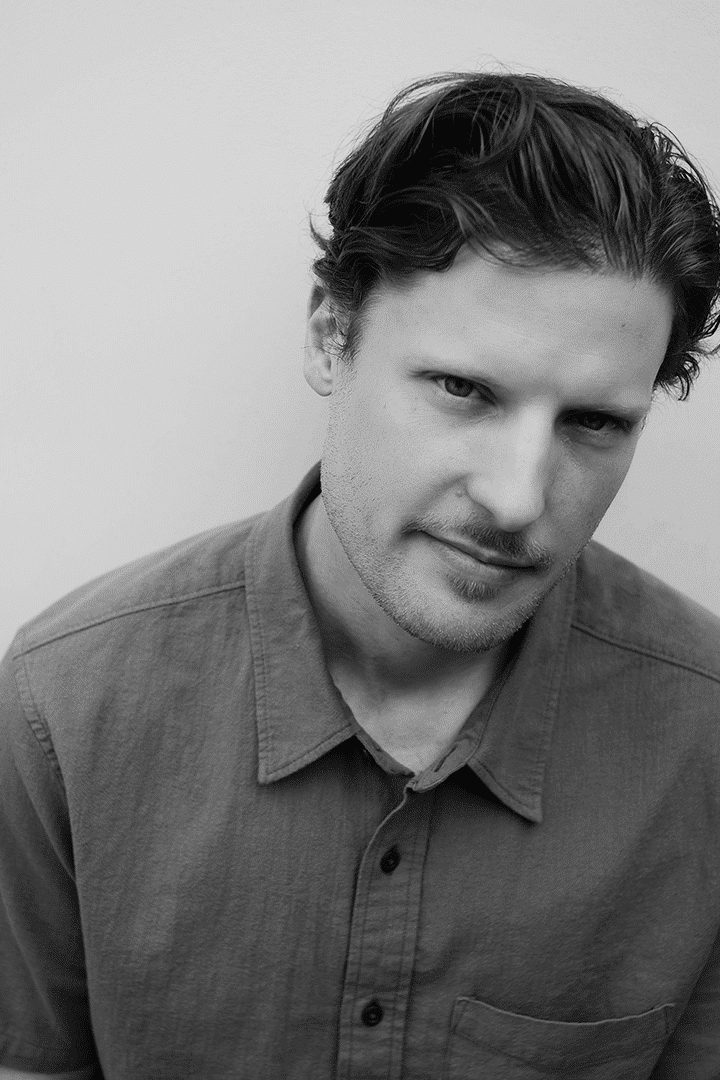03
For Those Who Don’t Know How
Shot By: Drew Dawson
Camera Operator – Western Region
Gear Used: RED Digital Cinema
Website: http://drewdawson.com
Award Year: 2023

Drew Dawson | Camera Operator
Drew Dawson was born and raised outside of Detroit. After finishing college with a bachelor’s degree in communication and a minor in Studio Art, Dawson delved into freelance camera work as a photographer and later as a camera assistant on many independent feature films. His love for film grew as he learned on set, joining the ICG in 2011. Drew moved to Los Angeles in 2012 to further pursue his passion for cinematography, quickly learning from cinematographers Autumn Durald, ASC; James Laxton, ASC; Alexis Zabé, ASC, AMC; Christopher Blauvelt and many more. Dawson prides himself on being able to adapt to the needs of each filmmaker and strives to tap into the core emotive qualities of the subject at hand. He has found that he is compelled by the concepts of impressionism and surrealism as they relate to story. Dawson now works as a camera operator in Local 600, and as a cinematographer has shot many music videos, commercials, and short films.
His ECA film For Those Who Don’t Know How is ultimately about a guy trying to do his best yet not necessarily getting things right. He is looking to reconcile with the fact that he may never have the right answer but has to find a way to move forward. To emphasize that theme, the team chose the Zeiss B Speeds – they were once the best a cinematographer could get, but now they show their imperfections, which is what makes them interesting visually, and they ultimately dovetailed into the theme of the story. In addition, the subtle triangle bokeh acted as a way of obscuring any tidiness that might appear in the image.
A Black Satin ¼ was used the entire time to smooth the image of the RED Komodo camera. When it came to framing, writer/director Brian Chamberlayne and Dawson came up with a visual touchstone for the film that related to the natural human physiological changes that happen at different states of emotion. When we are under duress, the scope of our vision gets much tighter, and when we are euphoric our vision becomes wider and we can see the bigger picture. With that in mind, for the scenes where Jay is stressed or expressing negative emotions, the crew would shoot with the 50 or 85 millimeter; and when he was in a more uplifting moment or in positive emotions, they would shoot wider and closer with the 25 and 35 millimeter.